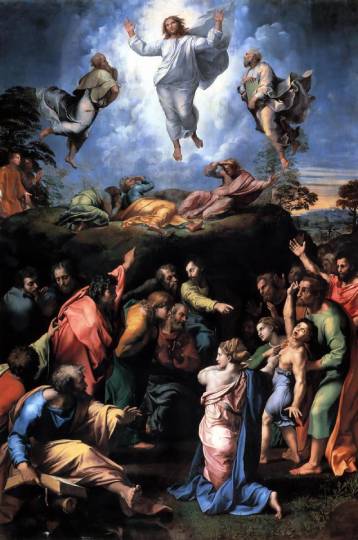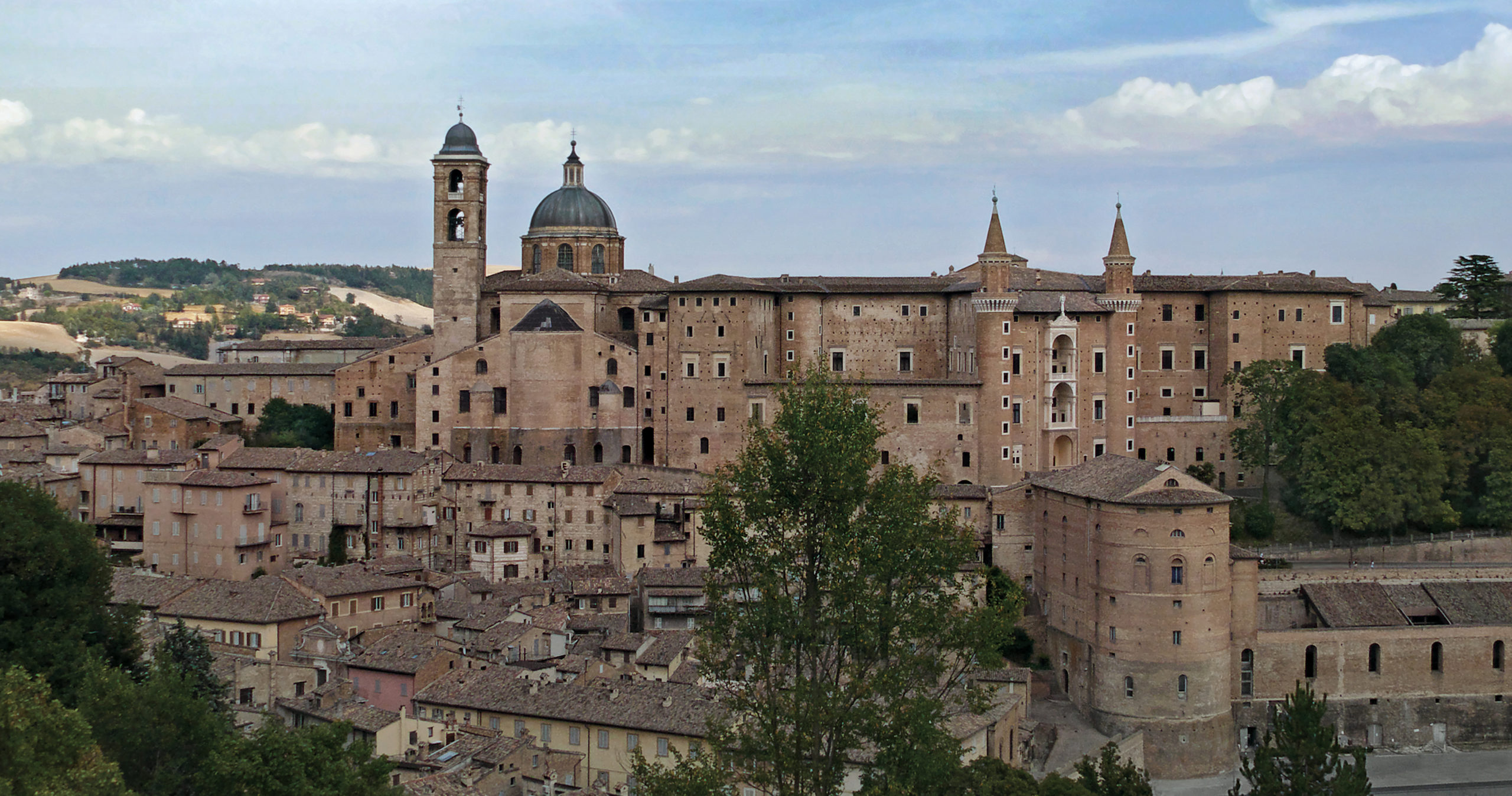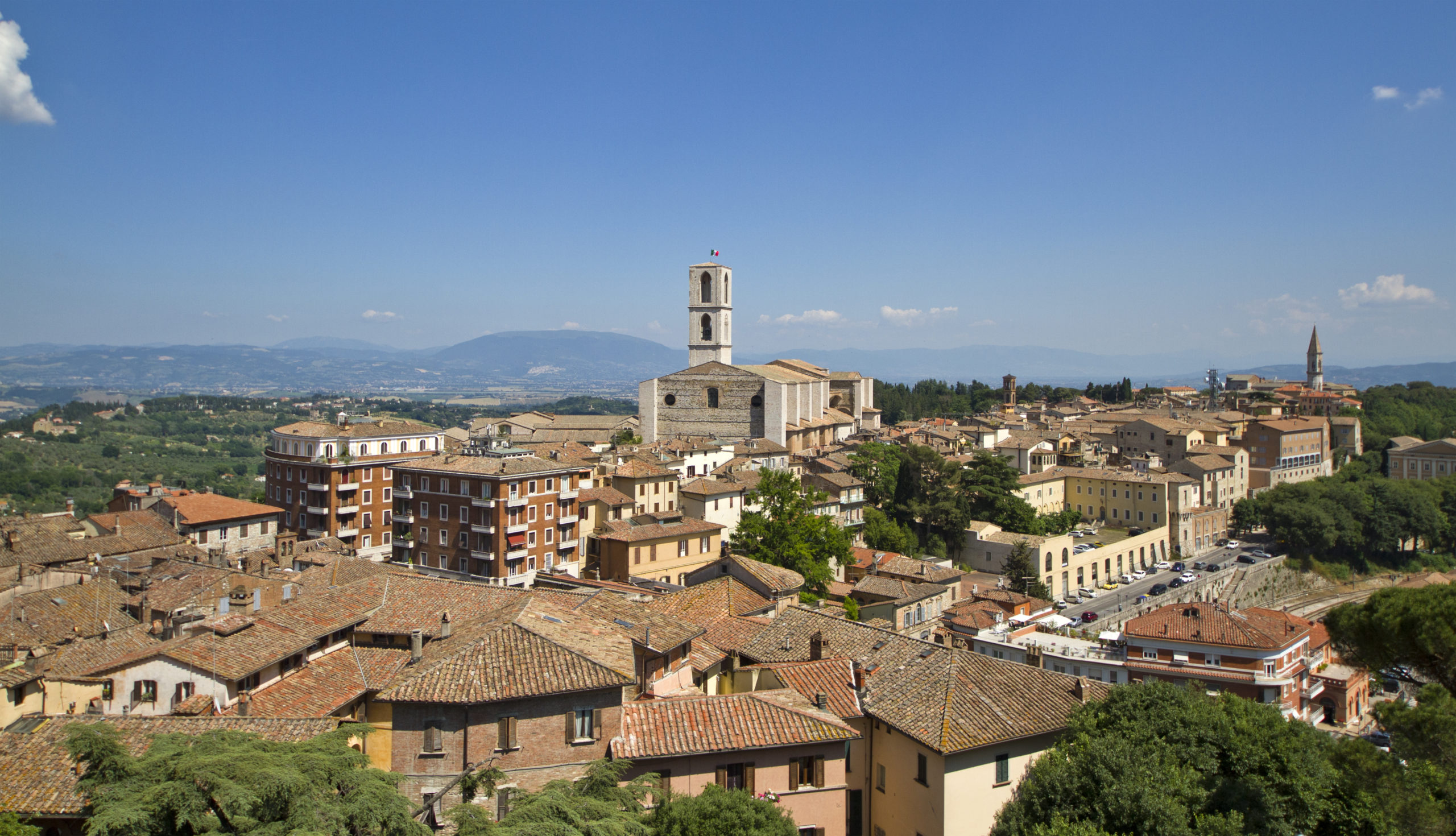Raphael, Raffaello Sanzio or Raffaello Santi, (April 6, 1483, Urbino [Italy]—April 6, 1520, Rome [Italy]), was a master painter and architect of the Italian High Renaissance.
Raffaello Sanzio is best known for his Madonnas and for his large figure compositions in the Vatican. His work is admired for its clarity of form and ease of composition and for its visual achievement of the Neoplatonic ideal of human grandeur.
Raphael was the son of Giovanni Santi and Magia di Battista Ciarla; his mother died in 1491. His father was, according to the 16th-century artist and biographer Giorgio Vasari, a painter “of no great merit.” He was, however, a man of culture who was in constant contact with the advanced artistic ideas current at the court of Urbino. He gave his son his first instruction in painting, and, before his death in 1494, when Raphael was 11, he had introduced the boy to humanistic philosophy at the court.
Raffaello Sanzio is best known for his Madonnas and for his large figure compositions in the Vatican. His work is admired for its clarity of form and ease of composition and for its visual achievement of the Neoplatonic ideal of human grandeur.
Raphael was the son of Giovanni Santi and Magia di Battista Ciarla; his mother died in 1491. His father was, according to the 16th-century artist and biographer Giorgio Vasari, a painter “of no great merit.” He was, however, a man of culture who was in constant contact with the advanced artistic ideas current at the court of Urbino. He gave his son his first instruction in painting, and, before his death in 1494, when Raphael was 11, he had introduced the boy to humanistic philosophy at the court.
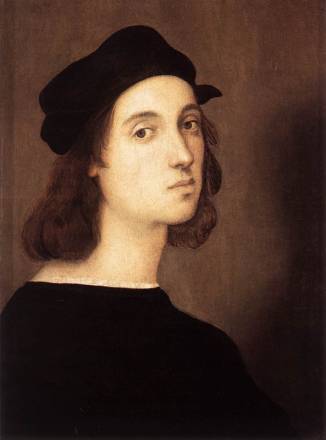
Urbino had become a centre of culture during the rule of Duke Federico da Montefeltro, who encouraged the arts and attracted the visits of men of outstanding talent, including Donato Bramante, Piero della Francesca, and Leon Battista Alberti, to his court.
Although Raphael would be influenced by major artists in Florence and Rome, Urbino constituted the basis for all his subsequent learning. Furthermore, the cultural vitality of the city probably stimulated the exceptional precociousness of the young artist, who, even at the beginning of the 16th century, when he was scarcely 17 years old, already displayed an extraordinary talent.
Although Raphael would be influenced by major artists in Florence and Rome, Urbino constituted the basis for all his subsequent learning. Furthermore, the cultural vitality of the city probably stimulated the exceptional precociousness of the young artist, who, even at the beginning of the 16th century, when he was scarcely 17 years old, already displayed an extraordinary talent.
The date of Raphael’s arrival in Perugia is not known, but several scholars place it in 1495. The first record of Raphael’s activity as a painter is found there in a document of December 10, 1500, declaring that the young painter, by then called a “master,” was commissioned to help paint an altarpiece to be completed by September 13, 1502.
It is clear from this that Raphael had already given proof of his mastery, so much so that between 1501 and 1503 he received a rather important commission—to paint the Coronation of the Virgin for the Oddi Chapel in the church of San Francesco, Perugia (and now in the Vatican).
The great Umbrian master Pietro Perugino was executing the frescoes in the Collegio del Cambio at Perugia between 1498 and 1500, enabling Raphael, as a member of his workshop, to acquire extensive professional knowledge.
It is clear from this that Raphael had already given proof of his mastery, so much so that between 1501 and 1503 he received a rather important commission—to paint the Coronation of the Virgin for the Oddi Chapel in the church of San Francesco, Perugia (and now in the Vatican).
The great Umbrian master Pietro Perugino was executing the frescoes in the Collegio del Cambio at Perugia between 1498 and 1500, enabling Raphael, as a member of his workshop, to acquire extensive professional knowledge.
Photo by Ali Nuredini on Unsplash
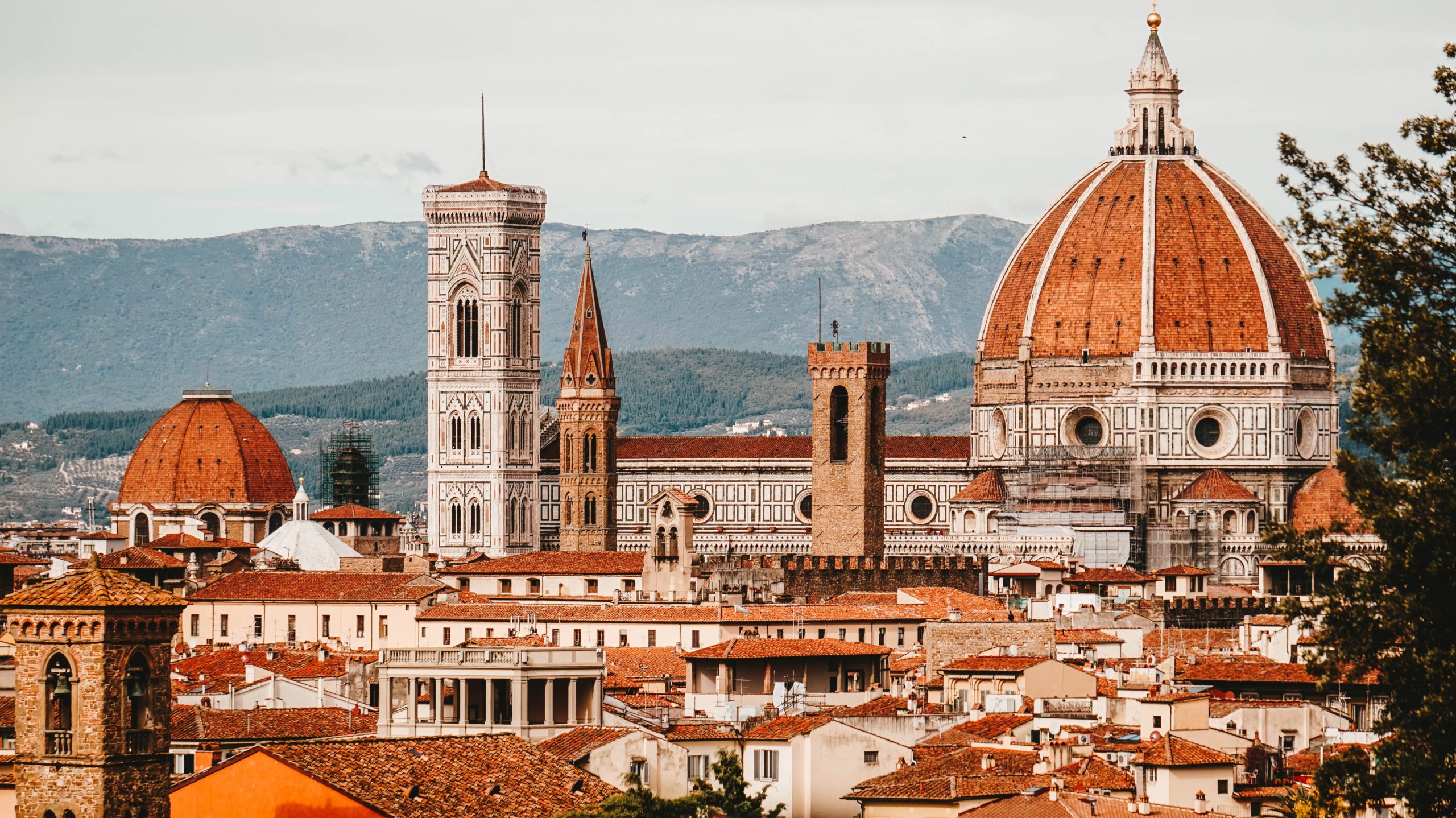
By the autumn of 1504 Raphael had certainly arrived in Florence. It is not known if this was his first visit to Florence, but, as his works attest, it was about 1504 that he first came into substantial contact with this artistic civilization, which reinforced all the ideas he had already acquired and also opened to him new and broader horizons.
Vasari records that he studied not only the works of Leonardo, Michelangelo, and Fra Bartolommeo, who were the masters of the High Renaissance, but also “the old things of Masaccio,” a pioneer of the naturalism that marked the departure of the early Renaissance from the Gothic.
Vasari records that he studied not only the works of Leonardo, Michelangelo, and Fra Bartolommeo, who were the masters of the High Renaissance, but also “the old things of Masaccio,” a pioneer of the naturalism that marked the departure of the early Renaissance from the Gothic.
Raphael was called to Rome toward the end of 1508 by Pope Julius II at the suggestion of the architect Donato Bramante. At this time Raphael was little known in Rome, but the young man soon made a deep impression on the volatile Julius and the papal court, and his authority as a master grew day by day.
Raphael was endowed with a handsome appearance and great personal charm in addition to his prodigious artistic talents, and he eventually became so popular that he was called “the prince of painters.”
Raphael spent the last 12 years of his short life in Rome. They were years of feverish activity and successive masterpieces. His first task in the city was to paint a cycle of frescoes in a suite of medium-sized rooms in the Vatican papal apartments in which Julius himself lived and worked.
Raphael was endowed with a handsome appearance and great personal charm in addition to his prodigious artistic talents, and he eventually became so popular that he was called “the prince of painters.”
Raphael spent the last 12 years of his short life in Rome. They were years of feverish activity and successive masterpieces. His first task in the city was to paint a cycle of frescoes in a suite of medium-sized rooms in the Vatican papal apartments in which Julius himself lived and worked.
Photo by Christopher Czermak on Unsplash
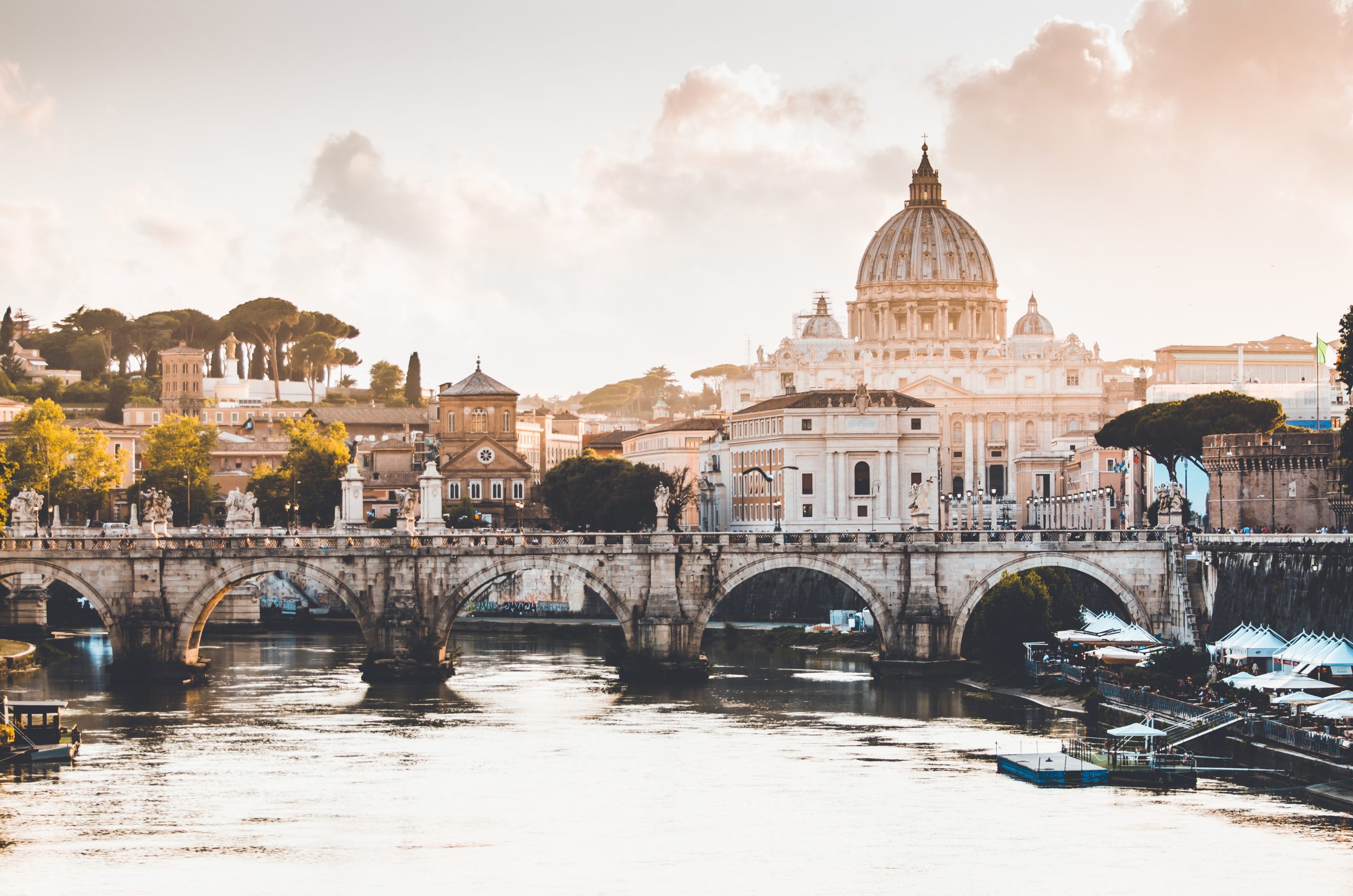
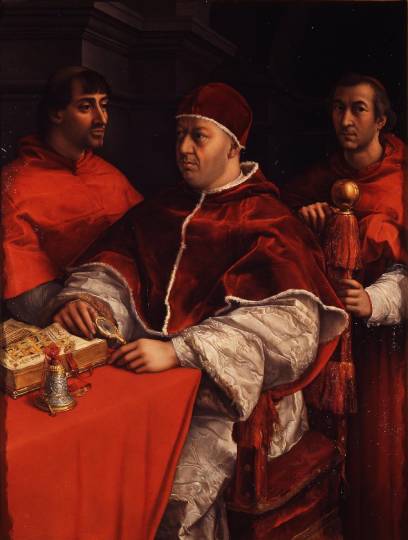
The Madonnas that Raphael painted in Rome show him turning away from the serenity and gentleness of his earlier works in order to emphasize qualities of energetic movement and grandeur.
Besides his other accomplishments, Raphael became the most important portraitist in Rome during the first two decades of the 16th century. He introduced new types of presentation and new psychological situations for his sitters.
Raphael was also a keen student of archaeology and of ancient Greco-Roman sculpture, echoes of which are apparent in his paintings of the human figure during the Roman period.
In 1515 Leo X put him in charge of the supervision of the preservation of marbles bearing valuable Latin inscriptions; two years later he was appointed commissioner of antiquities for the city, and he drew up an archaeological map of Rome.
Raphael had by this time been put in charge of virtually all of the papacy’s various artistic projects in Rome, involving architecture, paintings and decoration, and the preservation of antiquities.
Besides his other accomplishments, Raphael became the most important portraitist in Rome during the first two decades of the 16th century. He introduced new types of presentation and new psychological situations for his sitters.
Raphael was also a keen student of archaeology and of ancient Greco-Roman sculpture, echoes of which are apparent in his paintings of the human figure during the Roman period.
In 1515 Leo X put him in charge of the supervision of the preservation of marbles bearing valuable Latin inscriptions; two years later he was appointed commissioner of antiquities for the city, and he drew up an archaeological map of Rome.
Raphael had by this time been put in charge of virtually all of the papacy’s various artistic projects in Rome, involving architecture, paintings and decoration, and the preservation of antiquities.
Raphael’s last masterpiece is the Transfiguration (commissioned by Giulio Cardinal de’ Medici in 1517), an enormous altarpiece that was unfinished at his death and completed by his assistant Giulio Romano.
The Transfiguration is a complex work that combines extreme formal polish and elegance of execution with an atmosphere of tension and violence communicated by the agitated gestures of closely crowded groups of figures.
It shows a new sensibility that is like the prevision of a new world, turbulent and dynamic; in its feeling and composition it inaugurated the Mannerist movement and tends toward an expression that may even be called Baroque.
Raphael died on his 37th birthday. His funeral mass was celebrated at the Vatican, his Transfiguration was placed at the head of the bier, and his body was buried in the Pantheon in Rome.
The Transfiguration is a complex work that combines extreme formal polish and elegance of execution with an atmosphere of tension and violence communicated by the agitated gestures of closely crowded groups of figures.
It shows a new sensibility that is like the prevision of a new world, turbulent and dynamic; in its feeling and composition it inaugurated the Mannerist movement and tends toward an expression that may even be called Baroque.
Raphael died on his 37th birthday. His funeral mass was celebrated at the Vatican, his Transfiguration was placed at the head of the bier, and his body was buried in the Pantheon in Rome.
